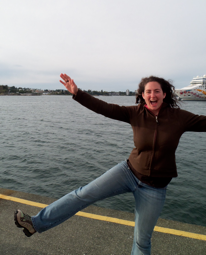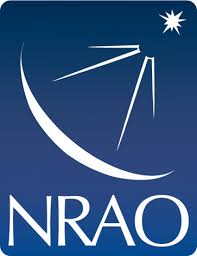Dr Amy E Kimball
Email: kimball [.dot.] amy [.dot.] e [@at@] gmail [.dot.] com
Office:
National Radio Astronomy Observatory
1011 Lopezville Rd (or PO Box O)
Socorro, NM 87801 USA


CV
(pdf)
(updated Dec 2022)
Dr Amy E Kimball
Email: kimball [.dot.] amy [.dot.] e [@at@] gmail [.dot.] com
I am an astronomer living in Socorro, New Mexico, studying super-massive black holes in other galaxies. These compact, high-energy sources also known as quasi-stellar objects (QSOs) or quasars. I am particularly interested in learning why some of these objects have strong radio jets while others do not, and how radio emission is related to the properties and environment of their host galaxies. I like working with data from multi-wavelength sky surveys (particularly radio, optical, and infrared) to help answer these questions, by studying quasar populations statistically using large numbers of sources.
I previously held a postdoc position in Sydney, Australia, at the CSIRO Astronomy & Space Science division (CASS), which runs the Australia Telescope National Facility (ATNF). Besides pursuing my quasar research, I was a support astronomer for the Australia Telescope Compact Array (ATCA) and was a member of the Comissioning and Early Science Team for the Australia Square Kilometre Array Pathfinder (ASKAP) telescope in Western Australia.
I worked at the NRAO before moving to Sydney, as well--- I was a postdoctoral fellow in the North American ALMA Science Center at NRAO in Charlottesville, Virginia, where I supported users of the ALMA telescope in addition to conducting my own scientific research.
I completed my PhD in Astronomy in 2010 at the University of Washington under the guidance of Dr Željko Ivezić.